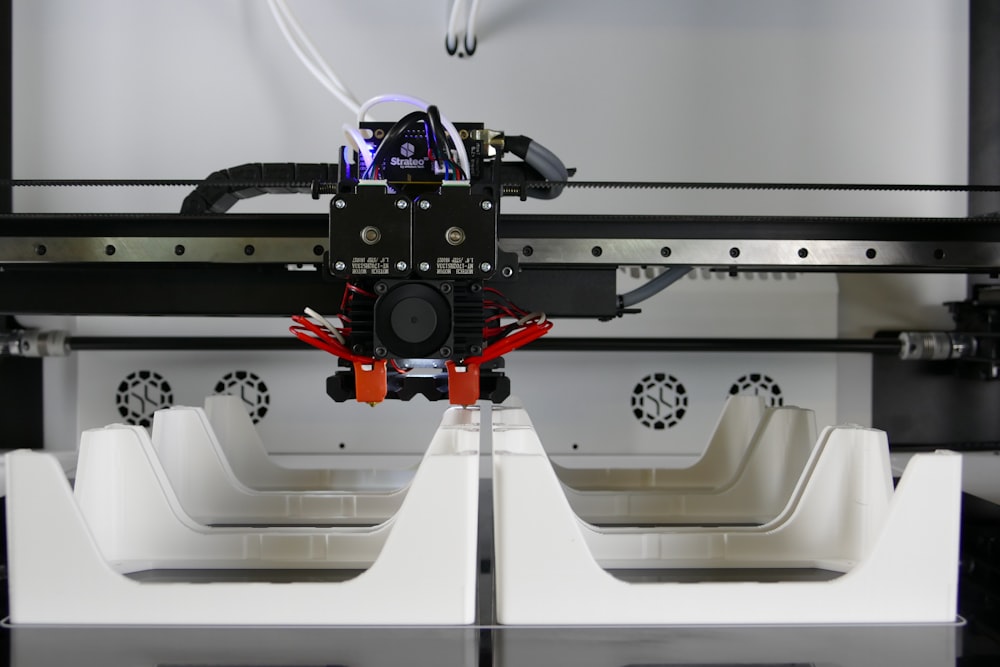Ropes are essential tools that have been used for centuries, and they are still widely used in engineering today. They are made up of fibers or wires that are twisted together to form a strong, flexible, and durable material that can be used for a wide range of applications. In this blog post, we will explore the different types of ropes, their uses in engineering, and how they are made.
Types of Ropes
There are several types of ropes, each with its unique characteristics and uses. Some of the most common types of ropes used in engineering include:
- Synthetic Ropes: These ropes are made from synthetic materials such as polyester, nylon, and polypropylene. They are lightweight, strong, and have excellent resistance to UV radiation and chemicals.
- Wire Ropes: Wire ropes are made from strands of steel wires twisted together. They are incredibly strong, durable, and have excellent resistance to abrasion and corrosion.
- Natural Fiber Ropes: Natural fiber ropes are made from materials such as hemp, sisal, and cotton. They are biodegradable, cost-effective, and have excellent grip characteristics.
Uses of Ropes in Engineering
Ropes have a wide range of uses in engineering, including:
- Lifting and Rigging: Ropes are commonly used in lifting and rigging applications, such as crane operations, hoists, and pulleys.
- Transportation: Ropes are used in transportation applications, such as mooring ships, towing vehicles, and securing cargo.
- Construction: Ropes are used in construction applications, such as scaffolding, safety lines, and bridge construction.
- Rescue Operations: Ropes are commonly used in rescue operations, such as in mountain climbing, search and rescue, and firefighting.
How Ropes are Made
The process of making ropes involves twisting fibers or wires together to create a strong, durable material. The specific method used to create ropes depends on the type of rope being made. For example, synthetic ropes are typically made by extruding synthetic fibers through a die to create a continuous strand that is then twisted together to form the final rope.
Conclusion
Ropes are an essential tool in engineering and have been used for centuries. They are made from a variety of materials, including synthetic fibers, steel wires, and natural fibers, and have a wide range of applications. Understanding the different types of ropes, their uses in engineering, and how they are made is essential for anyone working in the field of engineering.


